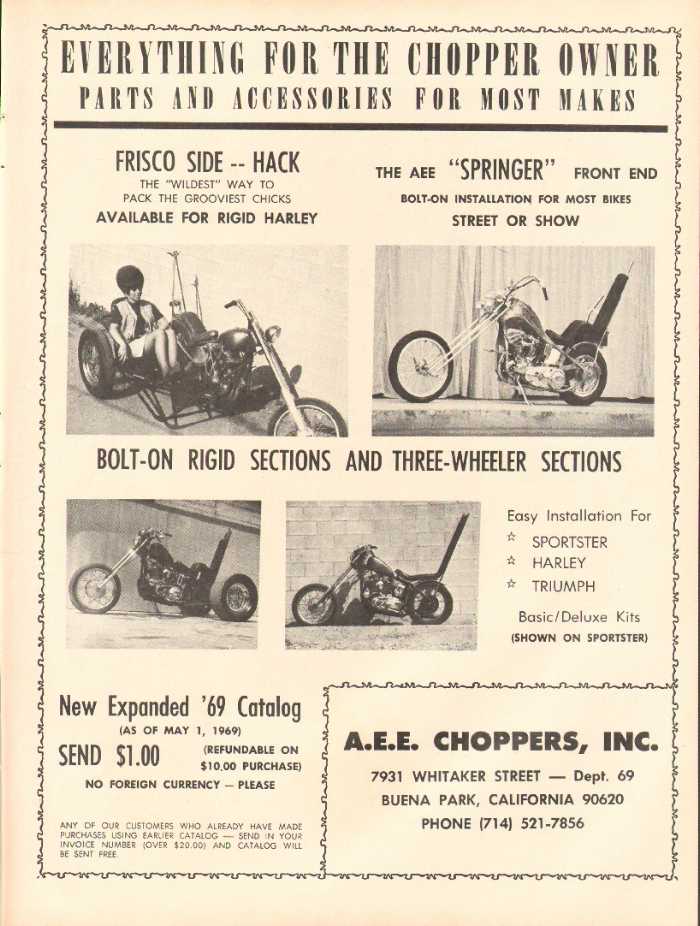If you grew of-age in the 1960's when Easy Rider hit, and the popularity of choppers took-off, you were familiar with these guys. Here's a great ad, real late 1960's/1970's flavor to it, dig the beehive on the lady!




Chuck Yeager is the epitome of fearless. In science fiction you always have that character who is above and beyond everyone else -- they are in many ways the fictional reflection of Chuck Yeager. Such an absolute badass.
Buzzing sound coming from (L) cover don't remember hearing it before
Enter your email address to join: